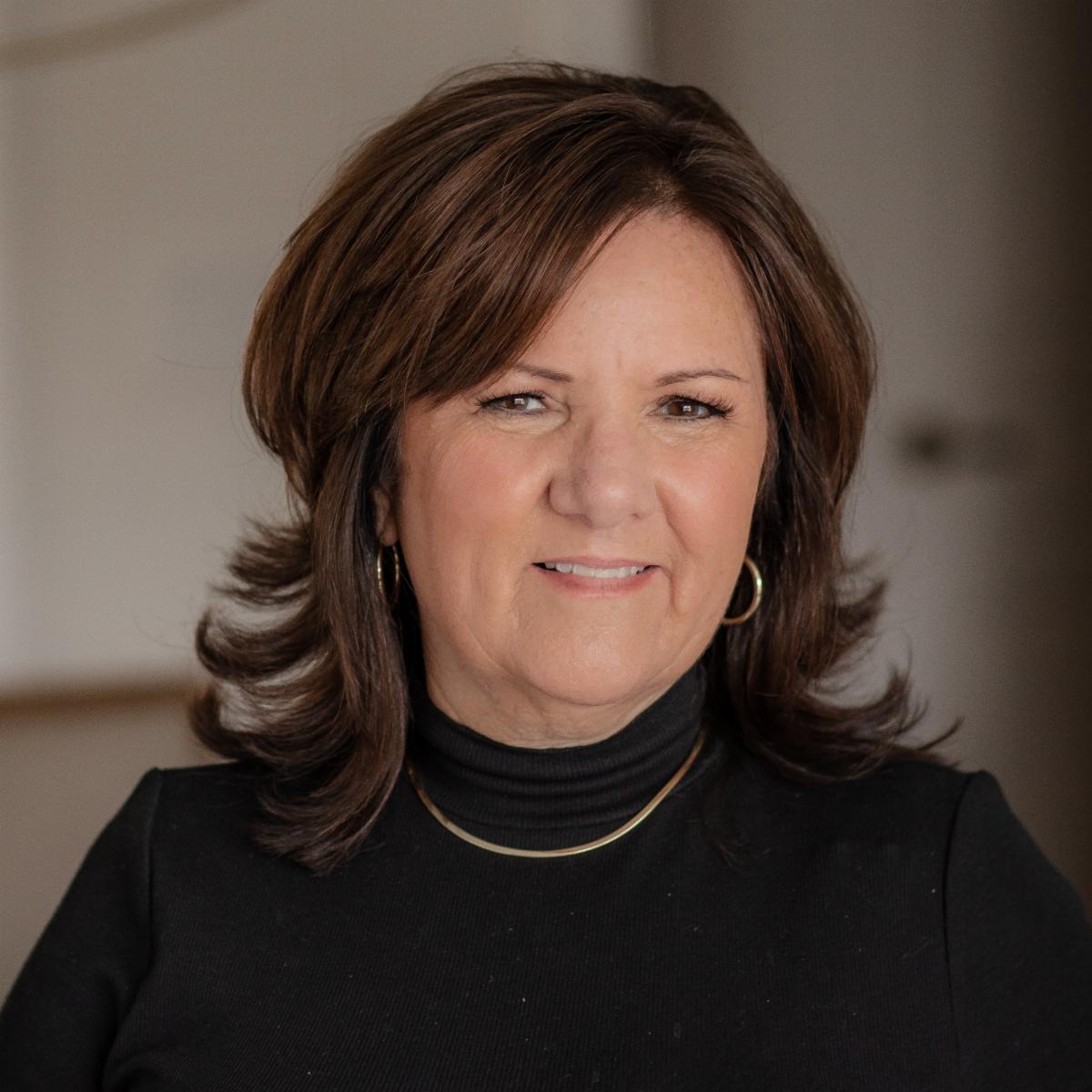These are not just pretty pictures, they are precise, intentional documents that communicate critical information to trades and factories. These drawings represent a universal design language that translates design intent into actionable steps, ensuring that what’s envisioned is what’s built. Whether it’s a cabinet shop, a countertop fabricator, or an electrician, everyone benefits from clear, standardized drawings that eliminate guesswork and reduce costly errors. It’s about clarity, consistency, and respect for the professionals who bring our designs to life. A Commitment to Communication At its core, certification is about communication. It’s about bridging the gap between creativity and construction, between vision and execution. It’s about being a reliable partner in a complex process that involves many hands and moving parts. As a certified designer, I see myself as a translator—turning ideas into plans, and plans into reality. Looking Ahead Being a certified designer is a journey, not a destination. It’s a commitment to lifelong learning, to staying current with codes, materials, and technologies. It’s about mentoring others, contributing to the profession, and always striving to raise the bar. To my fellow designers, whether you’re newly certified or considering the path—I encourage you to embrace the power of certification. It’s more than a credential. It’s a calling. Find out how to become NKBA certified here. For a list of upcoming CEU webinars see the √ THESE OUT! feature in each issue. | 
